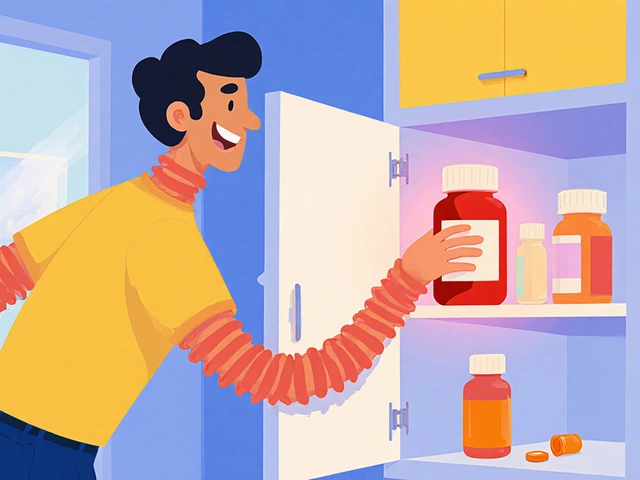Injury Prevention: Simple Steps You Can Use Today
If you’ve ever twisted an ankle or gotten a sore back, you know how annoying it feels. The good news is most injuries are avoidable with the right habits. Below you’ll find easy changes you can make at home, work, and play to keep your body safe.
Move Smart, Not Hard
Exercise is great for strength, but doing it wrong can backfire. Warm up for five minutes – a brisk walk or gentle stretches will raise your muscle temperature and improve flexibility. When you lift weights, start with light loads and focus on form. A straight back and steady breathing are more important than how much weight you push.
If you run or play sports, think about the surface. Hard concrete spikes stress joints; softer grass or a rubber track reduces impact. Wear shoes that fit well and match the activity – running shoes for runs, cross‑trainers for gym work. Replacing worn soles every 300‑500 miles keeps cushioning effective.
Protect Your Body With Nutrition And Supplements
Your diet plays a big role in injury risk. Calcium‑rich foods like milk, yogurt and leafy greens keep bones strong. Pair them with vitamin D – either from sunlight or a supplement – so calcium gets absorbed properly. If you’re an active adult, consider magnesium to help muscles relax after workouts.
When it comes to pain relief, choose the lowest effective dose of over‑the‑counter meds like ibuprofen or acetaminophen. Taking them with food cuts stomach irritation. Always read the label for dosage limits and avoid mixing several products that contain the same active ingredient.
Stay hydrated too. Dehydration can cause cramps and reduce coordination, making falls more likely. Aim for at least eight glasses of water a day, and more if you sweat heavily during exercise.
Everyday Habits That Cut Injury Risks
At work, set up an ergonomic space. Keep your monitor at eye level, use a chair that supports the lower back, and take short breaks to stand or stretch every hour. If you lift boxes, bend at the knees, not the waist, and keep the load close to your body.
Home safety is often overlooked. Secure loose rugs with non‑slip pads, install grab bars in bathrooms, and make sure stairways have sturdy handrails. Good lighting reduces trips, especially at night.
If you enjoy outdoor hobbies like hiking or biking, wear helmets, knee pads, or wrist guards as needed. Even a simple pair of reflective strips can keep you visible to drivers.
When Injuries Happen, Act Fast
The RICE method – Rest, Ice, Compression, Elevation – still works for most sprains and strains. Apply ice for 15‑20 minutes every two hours during the first day, then switch to heat after swelling goes down.
If pain persists or you notice numbness, see a healthcare professional promptly. Early diagnosis can prevent a minor issue from becoming a chronic problem.
Remember, preventing injuries isn’t about being perfect; it’s about making smarter choices most of the time. Use these tips as a checklist and adjust them to fit your lifestyle. Your body will thank you with fewer aches, more energy, and longer years of doing what you love.
Muscle Aches and Athletic Performance: Causes, Effects, and Proven Recovery Strategies
Muscle aches slow speed, power, and skill. Learn what’s normal vs risky, how to train or rest, and recovery tactics that actually work for athletes.






